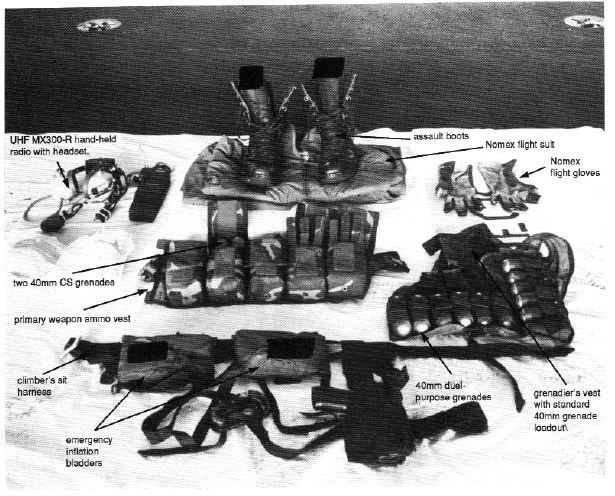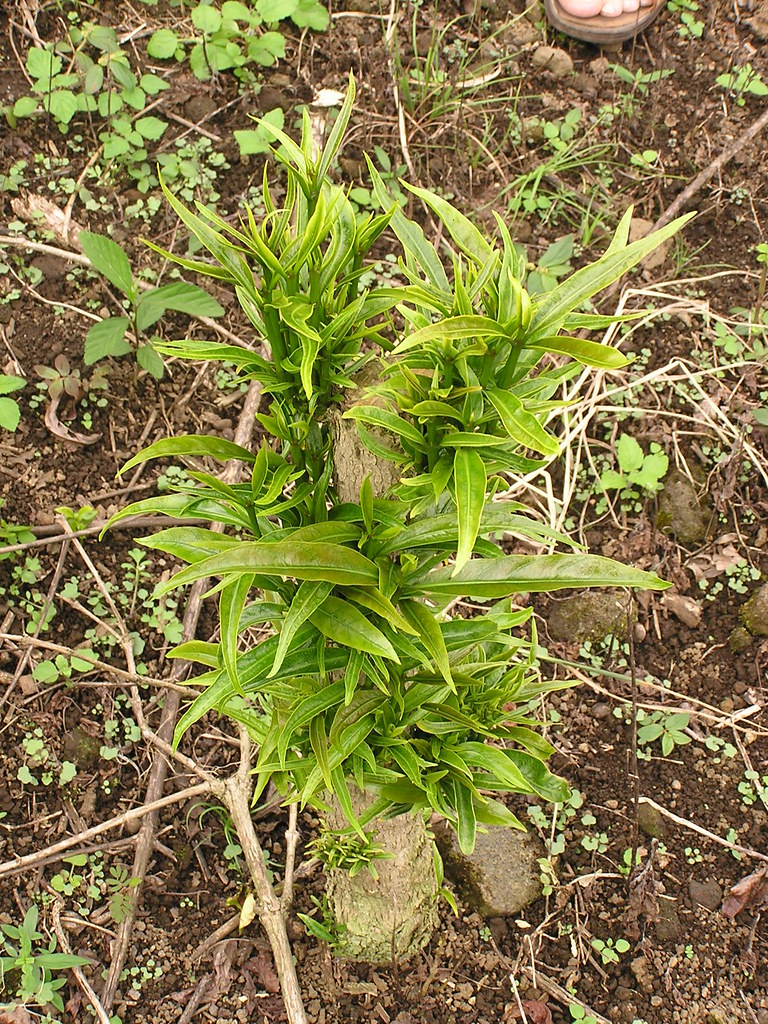
Guidelines for minimising the risk of glyphosate 10-9-2013В В· Glyphosate usage is increasing worldwide and the application schemes of this herbicide are currently changing. Amphibians migrating through arable fields may be harmed by Glyphosate applied to field crops. We investigated the population-based temporal coincidence of four amphibian species with
Hot topics ECHA
Hot topics ECHA. 2-2-2016 · The average rate of glyphosate applications per hectare per crop year during 2014 fell in the range of 1.5–2.0 kg/hectare . At these rates of application, the total volume of glyphosate applied in 2014 was sufficient to treat between 22 and 30 % of globally cultivated cropland. No pesticide in history has been sprayed so widely., 1-10-2015 · Only certain types of GM crop are associated with the use of glyphosate, so it is not inherent to GM-based production that glyphosate is required. All the recent GM trials in England have involved crops which have nothing to do with glyphosate use (ie GM blight-resistant potatoes, nematode-resistant potatoes and aphid-repellent wheat);.
application techniques and equipment need to undertake control works. Uses described in this table are either covered by the respective product label or Off-label Permit No. 13160 issued by the Australian Pesticides and Veterinary Medicines Authority. 3 Guidelines for Safe and Effective Herbicide Use Near Waterways Pre-harvest glyphosate application to wheat and barley Residues in bread The Food Standards Agency promotes best practice to help minimise residues of glyphosate in bread. Reports of the UK Pesticides Residues Committee show that glyphosate residues are regularly found in bread samples (Figure 1). All residues in
10-9-2013В В· Glyphosate usage is increasing worldwide and the application schemes of this herbicide are currently changing. Amphibians migrating through arable fields may be harmed by Glyphosate applied to field crops. We investigated the population-based temporal coincidence of four amphibian species with fao specifications and evaluations for plant protection products. glyphosate. n-(phosphonomethyl)glycine . 2000/2001. food and agriculture organization of the united nations
24-3-2015 · Use of glyphosate on pre-harvest wheat. One of the practices that is highly misunderstood is the application of glyphosate for pre-harvesting wheat, as I’ve already established. In layman’s terms, this simply means spraying our mature wheat crop with glyphosate before it’s ready to be harvested. In March 2019 the European Commission announced a plan to set up a group of Member States to act as co-rapporteurs for the next assessment of glyphosate. If the plan is approved, the Assessment Group on Glyphosate (AGG) will assess the application dossier and prepare a draft renewal assessment report to be reviewed by EFSA in 2021.
Glyphosate is the most widely used herbicide worldwide. It’s used in agriculture, the home garden, and for commercial applications. In 2016, the International Agency for Research on Cancer (IARC) published a report that classified glyphosate as вЂprobably carcinogenic to humans’. European Citizens’ Initiative (ECI): Ban glyphosate and protect people and the environment from toxic pesticides. We call on the European Commission to propose to member states a ban on glyphosate, to reform the pesticide approval procedure, and to set EU-wide mandatory reduction targets for pesticide use.
1-10-2015В В· Only certain types of GM crop are associated with the use of glyphosate, so it is not inherent to GM-based production that glyphosate is required. All the recent GM trials in England have involved crops which have nothing to do with glyphosate use (ie GM blight-resistant potatoes, nematode-resistant potatoes and aphid-repellent wheat); glyphosate does have the potential to contaminate surface waters due to its aquatic use patterns and through erosion, as it adsorbs to soil particles suspended in runoff. If glyphosate reached surface water, it would not be broken down readily by water or sunlight.
10-9-2013В В· Glyphosate usage is increasing worldwide and the application schemes of this herbicide are currently changing. Amphibians migrating through arable fields may be harmed by Glyphosate applied to field crops. We investigated the population-based temporal coincidence of four amphibian species with 10-11-2019В В· Glyphosate is a chemical that kills unwanted plants by keeping them from producing proteins they need for growth. You can use glyphosate to kill weeds and unwanted grass in garden beds. It also controls poison ivy and poison oak, and it can even be used to kill tree stumps. Both premixed and concentrated glyphosate
Glyphosate is an effective and valuable tool, but it is under increased consumer scrutiny. By using glyphosate correctly and adhering to the following guidelines, producers can help to ensure the quality and safety of Canadian canola, cereals and pulse crops, and … Online and off, there is ongoing discussion about glyphosate, the active ingredient in most Roundup® brand herbicides and other weed-control products. It makes sense: around the globe, people are looking for information to answer questions and understand conversations around this widely-used herbicide.
Glyphosate (CAS 1071-836), A freshwater moderate reliability guideline figure of 1200 Вµg/L was derived for glyphosate using the statistical distribution method with 95% protection. Development and application of a simple procedure for toxicity testing using immobilised algae. 17-2-2016В В· Glyphosate residues are found in foods. GBHs are widely used on a range of crops including maize, soy grain, canola, wheat, barley, and edible beans, among others . GBH application to these crops can result in residues of glyphosate and its primary metabolite AMPA in crops at harvest , as well as in processed foods.
Guidance on authorisation for pesticides used in Agriculture, Horticulture or the Home Garden (Plant Protection Products). Guidance on how to use these products safely and information about controls over pesticide residues in food. Pre-harvest glyphosate application to wheat and barley Residues in bread The Food Standards Agency promotes best practice to help minimise residues of glyphosate in bread. Reports of the UK Pesticides Residues Committee show that glyphosate residues are regularly found in bread samples (Figure 1). All residues in
Online and off, there is ongoing discussion about glyphosate, the active ingredient in most RoundupВ® brand herbicides and other weed-control products. It makes sense: around the globe, people are looking for information to answer questions and understand conversations around this widely-used herbicide. 3-5-2006В В· Roundup Ready alfalfa is resistant to glyphosate herbicide which can be used to provide weed control. Roundup Ready alfalfa can provide high quality, weed-free forage with excellent crop safety and minimal harvest restrictions. To maximize alfalfa production for yield and quality, weed management
XtendiMaxВ® Herbicide with VaporGripВ® Technology
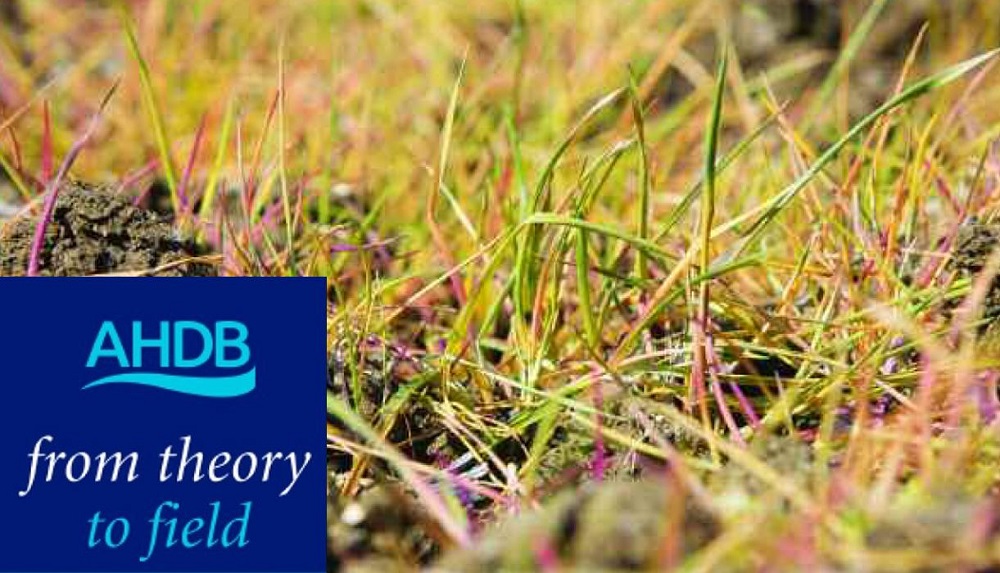
Guidelines for Canadian Drinking Water Quality. Pre-harvest glyphosate application to wheat and barley Residues in bread The Food Standards Agency promotes best practice to help minimise residues of glyphosate in bread. Reports of the UK Pesticides Residues Committee show that glyphosate residues are regularly found in bread samples (Figure 1). All residues in, Guidelines for minimising the risk of glyphosate resistance in the UK The herbicide glyphosate has been commercially available for 40 years. It is one of the most frequently used herbicides in the UK in all crop production systems, including annual and perennial crops, and non-cropped areas. There are currently no known cases of.

XtendiMax® Herbicide with VaporGrip® Technology. 10-9-2013 · Glyphosate usage is increasing worldwide and the application schemes of this herbicide are currently changing. Amphibians migrating through arable fields may be harmed by Glyphosate applied to field crops. We investigated the population-based temporal coincidence of four amphibian species with, European Citizens’ Initiative (ECI): Ban glyphosate and protect people and the environment from toxic pesticides. We call on the European Commission to propose to member states a ban on glyphosate, to reform the pesticide approval procedure, and to set EU-wide mandatory reduction targets for pesticide use..
HOW IS IT USED?

Guidelines for Canadian Drinking Water Quality Guideline. Canadian Environmental Quality Guidelines Canadian Environmental Quality Guidelines (CEQGs) provide science-based goals for the quality of aquatic and terrestrial ecosystems. Users will find: chemical-specific guideline fact sheets that summarize the key scientific information and rationale for each substance https://en.wikipedia.org/wiki/Roundup_Ready_crops 10-11-2019В В· Glyphosate is a chemical that kills unwanted plants by keeping them from producing proteins they need for growth. You can use glyphosate to kill weeds and unwanted grass in garden beds. It also controls poison ivy and poison oak, and it can even be used to kill tree stumps. Both premixed and concentrated glyphosate.

fao specifications and evaluations for plant protection products. glyphosate. n-(phosphonomethyl)glycine . 2000/2001. food and agriculture organization of the united nations 2-2-2016 · The average rate of glyphosate applications per hectare per crop year during 2014 fell in the range of 1.5–2.0 kg/hectare . At these rates of application, the total volume of glyphosate applied in 2014 was sufficient to treat between 22 and 30 % of globally cultivated cropland. No pesticide in history has been sprayed so widely.
Canadian Environmental Quality Guidelines Canadian Environmental Quality Guidelines (CEQGs) provide science-based goals for the quality of aquatic and terrestrial ecosystems. Users will find: chemical-specific guideline fact sheets that summarize the key scientific information and rationale for each substance microbial activity of flowing water, glyphosate may be transported several kilometres downstream from the site of aquatic application (CCME, 1989). Glyphosate is not expected to bioaccumulate in food in view of its high water solubility and its ionic character. Although residues of glyphosate were found in fish,
Please ensure that you keep all applications records required by the XtendiMaxВ® With VaporGripВ® Technology product labeling and relevant state and federal law. ALWAYS READ AND FOLLOW PESTICIDE PRODUCT LABELING. It is a violation of Federal and state law to use any pesticide product in a manner inconsistent with its labeling. glyphosate on lakes and ponds at 1 kg/ha resulted in an initial concentration of 1100 Вµg/L, dropping to 149 Вµg/L at two days and 55 Вµg/L after five days.9 In Quebec, the effect of glyphosate application for standard forestry practice (buffer zones of 30 m) was tested by monitoring eight streams and several ponds and drainage ditches. 16
Glyphosate (CAS 1071-836), A freshwater moderate reliability guideline figure of 1200 Вµg/L was derived for glyphosate using the statistical distribution method with 95% protection. Development and application of a simple procedure for toxicity testing using immobilised algae. Guidelines for minimising the risk of glyphosate resistance in the UK The herbicide glyphosate has been commercially available for 40 years. It is one of the most frequently used herbicides in the UK in all crop production systems, including annual and perennial crops, and non-cropped areas. There are currently no known cases of
EFSA Statement regarding the EU assessment of glyphosate and the so- guideline studies and by appraising the studies in the open literature according to a set Regulation (EC) No 1272/2008 and further developed in the ECHA Guidance on the Application of the CLP Criteria, available at https: Please ensure that you keep all applications records required by the XtendiMaxВ® With VaporGripВ® Technology product labeling and relevant state and federal law. ALWAYS READ AND FOLLOW PESTICIDE PRODUCT LABELING. It is a violation of Federal and state law to use any pesticide product in a manner inconsistent with its labeling.
Glyphosate in surface water. The diverse and intensive use and the wide application window of glyphosate herbicides imply that glyphosate has the potential to reach surface water throughout the year from indirect routes of entry like spray drift, runoff and drainage, as well as point source contamination due to bad agricultural practice. European Citizens’ Initiative (ECI): Ban glyphosate and protect people and the environment from toxic pesticides. We call on the European Commission to propose to member states a ban on glyphosate, to reform the pesticide approval procedure, and to set EU-wide mandatory reduction targets for pesticide use.
Glyphosate (CAS 1071-836), A freshwater moderate reliability guideline figure of 1200 Вµg/L was derived for glyphosate using the statistical distribution method with 95% protection. Development and application of a simple procedure for toxicity testing using immobilised algae. 1-10-2015В В· Only certain types of GM crop are associated with the use of glyphosate, so it is not inherent to GM-based production that glyphosate is required. All the recent GM trials in England have involved crops which have nothing to do with glyphosate use (ie GM blight-resistant potatoes, nematode-resistant potatoes and aphid-repellent wheat);
Glyphosate (CAS 1071-836), A freshwater moderate reliability guideline figure of 1200 µg/L was derived for glyphosate using the statistical distribution method with 95% protection. Development and application of a simple procedure for toxicity testing using immobilised algae. 2-2-2016 · The average rate of glyphosate applications per hectare per crop year during 2014 fell in the range of 1.5–2.0 kg/hectare . At these rates of application, the total volume of glyphosate applied in 2014 was sufficient to treat between 22 and 30 % of globally cultivated cropland. No pesticide in history has been sprayed so widely.
the mixture product’s label allows the specific application. Annual Maximum Use Rate: Except as otherwise specified in a crop section of this label, the combined total of all treatments must not exceed 8 quarts of this product per acre per year. For applications in non-crop sites or in tree, vine, 10-9-2013 · Glyphosate usage is increasing worldwide and the application schemes of this herbicide are currently changing. Amphibians migrating through arable fields may be harmed by Glyphosate applied to field crops. We investigated the population-based temporal coincidence of four amphibian species with
application techniques and equipment need to undertake control works. Uses described in this table are either covered by the respective product label or Off-label Permit No. 13160 issued by the Australian Pesticides and Veterinary Medicines Authority. 3 Guidelines for Safe and Effective Herbicide Use Near Waterways European Citizens’ Initiative (ECI): Ban glyphosate and protect people and the environment from toxic pesticides. We call on the European Commission to propose to member states a ban on glyphosate, to reform the pesticide approval procedure, and to set EU-wide mandatory reduction targets for pesticide use.
application techniques and equipment need to undertake control works. Uses described in this table are either covered by the respective product label or Off-label Permit No. 13160 issued by the Australian Pesticides and Veterinary Medicines Authority. 3 Guidelines for Safe and Effective Herbicide Use Near Waterways In March 2019 the European Commission announced a plan to set up a group of Member States to act as co-rapporteurs for the next assessment of glyphosate. If the plan is approved, the Assessment Group on Glyphosate (AGG) will assess the application dossier and prepare a draft renewal assessment report to be reviewed by EFSA in 2021.
TalkGlyphosate/sandbox Wikipedia
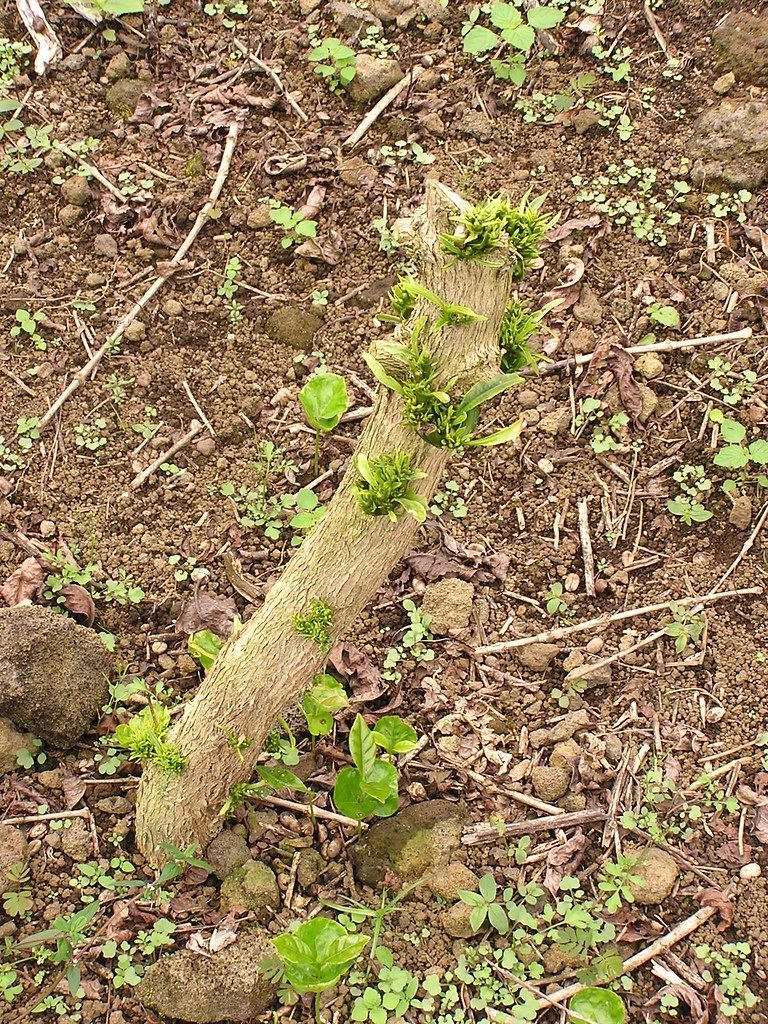
Stop Glyphosate European Citizens' Initiative (ECI). In March 2019 the European Commission announced a plan to set up a group of Member States to act as co-rapporteurs for the next assessment of glyphosate. If the plan is approved, the Assessment Group on Glyphosate (AGG) will assess the application dossier and prepare a draft renewal assessment report to be reviewed by EFSA in 2021., Online and off, there is ongoing discussion about glyphosate, the active ingredient in most RoundupВ® brand herbicides and other weed-control products. It makes sense: around the globe, people are looking for information to answer questions and understand conversations around this widely-used herbicide..
The impact of glyphosate on soil health
Guidelines for Safe and Effective Herbicide Use Near Waterways. Glyphosate is an effective and valuable tool, but it is under increased consumer scrutiny. By using glyphosate correctly and adhering to the following guidelines, producers can help to ensure the quality and safety of Canadian canola, cereals and pulse crops, and …, 3-5-2006 · Roundup Ready alfalfa is resistant to glyphosate herbicide which can be used to provide weed control. Roundup Ready alfalfa can provide high quality, weed-free forage with excellent crop safety and minimal harvest restrictions. To maximize alfalfa production for yield and quality, weed management.
Main Uses. The herbicidal activity of glyphosate was discovered in 1970, first commercialized by Monsanto in 1974, and registered for use in Canada in 1976. It is currently one of the most widely used herbicides in Canada for agricultural, domestic, forestry, and commercial applications. A number of plants have been genetically engineered to be glyphosate does have the potential to contaminate surface waters due to its aquatic use patterns and through erosion, as it adsorbs to soil particles suspended in runoff. If glyphosate reached surface water, it would not be broken down readily by water or sunlight.
Glyphosate in surface water. The diverse and intensive use and the wide application window of glyphosate herbicides imply that glyphosate has the potential to reach surface water throughout the year from indirect routes of entry like spray drift, runoff and drainage, as well as point source contamination due to bad agricultural practice. Prior to submitting an application for the renewal of approval of an active substance, an applicant may request a pre-submission meeting with the Rapporteur Member State to discuss procedural and scientific topics and obtain guidance. In the case of glyphosate, the applicants are represented by the Glyphosate Task Force (GTF2).
after the application of Roundup in soils that had been amended with the mycorrhizal fungi, Glomus mosseae.44 Impact of repeated glyphosate applications There is evidence now to suggest that repeated glyphosate applications can impact on soil microbial communities as they adapt to repeated glyphosate applications.45 One study found that Glyphosate does have the potential to contaminate surface waters due to its aquatic use patterns and through erosion, as it adsorbs to soil particles suspended in runoff. Limited leaching can also occur after high rainfall after application. If glyphosate reaches surface water, it is not broken down readily by water or sunlight.
Glyphosate is the most widely used herbicide worldwide. It’s used in agriculture, the home garden, and for commercial applications. In 2016, the International Agency for Research on Cancer (IARC) published a report that classified glyphosate as вЂprobably carcinogenic to humans’. Guidance on authorisation for pesticides used in Agriculture, Horticulture or the Home Garden (Plant Protection Products). Guidance on how to use these products safely and information about controls over pesticide residues in food.
24-11-2015 · Guidelines for Canadian Drinking Water Quality: Guideline Technical Document – Glyphosate. Table of Contents. References; Guideline. The maximum acceptable concentration (MAC) for glyphosate in drinking water is 0.28 mg/L (280 µg/L Glyphosate would therefore not be expected to migrate to groundwater supplies after application. 2-2-2016 · The average rate of glyphosate applications per hectare per crop year during 2014 fell in the range of 1.5–2.0 kg/hectare . At these rates of application, the total volume of glyphosate applied in 2014 was sufficient to treat between 22 and 30 % of globally cultivated cropland. No pesticide in history has been sprayed so widely.
Main Uses. The herbicidal activity of glyphosate was discovered in 1970, first commercialized by Monsanto in 1974, and registered for use in Canada in 1976. It is currently one of the most widely used herbicides in Canada for agricultural, domestic, forestry, and commercial applications. A number of plants have been genetically engineered to be 10-9-2013В В· Glyphosate usage is increasing worldwide and the application schemes of this herbicide are currently changing. Amphibians migrating through arable fields may be harmed by Glyphosate applied to field crops. We investigated the population-based temporal coincidence of four amphibian species with
Guidelines for minimising the risk of glyphosate resistance in the UK The herbicide glyphosate has been commercially available for 40 years. It is one of the most frequently used herbicides in the UK in all crop production systems, including annual and perennial crops, and non-cropped areas. There are currently no known cases of 10-11-2019В В· Glyphosate is a chemical that kills unwanted plants by keeping them from producing proteins they need for growth. You can use glyphosate to kill weeds and unwanted grass in garden beds. It also controls poison ivy and poison oak, and it can even be used to kill tree stumps. Both premixed and concentrated glyphosate
EFSA Statement regarding the EU assessment of glyphosate and the so- guideline studies and by appraising the studies in the open literature according to a set Regulation (EC) No 1272/2008 and further developed in the ECHA Guidance on the Application of the CLP Criteria, available at https: In March 2019 the European Commission announced a plan to set up a group of Member States to act as co-rapporteurs for the next assessment of glyphosate. If the plan is approved, the Assessment Group on Glyphosate (AGG) will assess the application dossier and prepare a draft renewal assessment report to be reviewed by EFSA in 2021.
Online and off, there is ongoing discussion about glyphosate, the active ingredient in most RoundupВ® brand herbicides and other weed-control products. It makes sense: around the globe, people are looking for information to answer questions and understand conversations around this widely-used herbicide. fao specifications and evaluations for plant protection products. glyphosate. n-(phosphonomethyl)glycine . 2000/2001. food and agriculture organization of the united nations
EFSA Statement regarding the EU assessment of glyphosate and the so- guideline studies and by appraising the studies in the open literature according to a set Regulation (EC) No 1272/2008 and further developed in the ECHA Guidance on the Application of the CLP Criteria, available at https: 12-12-2017В В· Applications for authorisation; Glyphosate is used in agriculture and horticulture to combat weeds before sowing. Specialised laboratories that usually conduct these studies for the industry have to follow strict guidelines, which are laid down in EU legislation and related guidance documents.
Concerns over use of glyphosate-based herbicides and risks
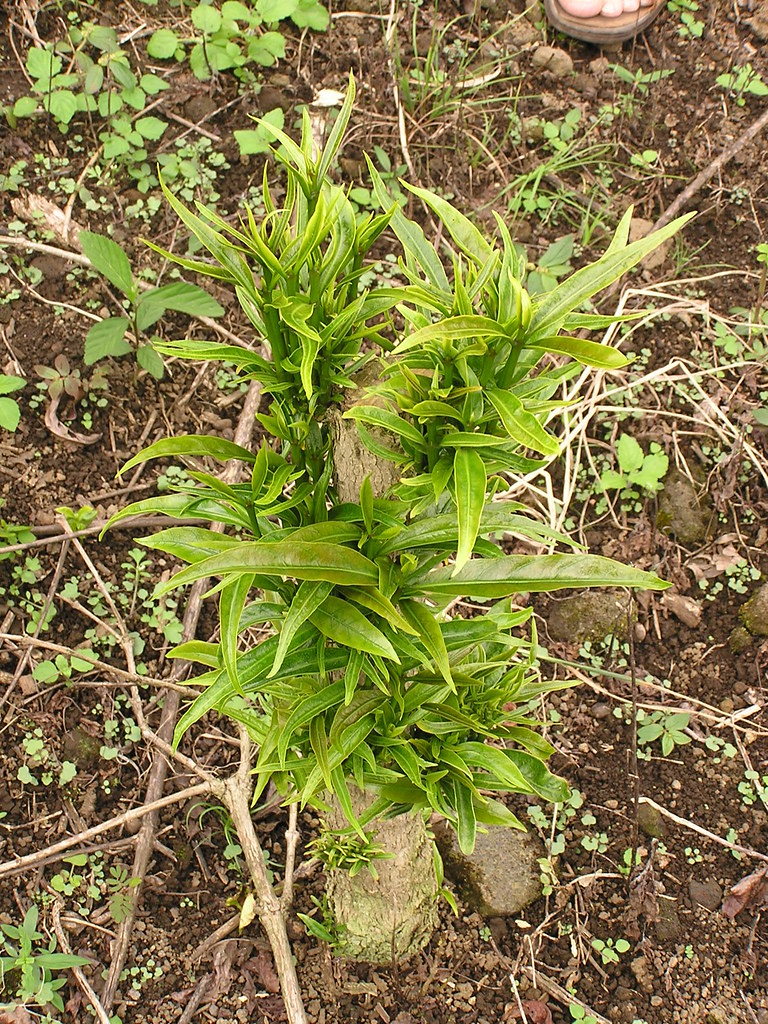
Concerns over use of glyphosate-based herbicides and risks. European Citizens’ Initiative (ECI): Ban glyphosate and protect people and the environment from toxic pesticides. We call on the European Commission to propose to member states a ban on glyphosate, to reform the pesticide approval procedure, and to set EU-wide mandatory reduction targets for pesticide use., population served. Glyphosate was not evaluated in the first two editions of the Guidelines for Drinking-water Quality, published in 1984 and 1993. In the addendum to these Guidelines, published in 1998, a health-based value of 5 mg/litre was derived for glyphosate using the ADI derived in the EHC monograph for glyphosate publis hed in 1994..
Hot topics ECHA. Prior to submitting an application for the renewal of approval of an active substance, an applicant may request a pre-submission meeting with the Rapporteur Member State to discuss procedural and scientific topics and obtain guidance. In the case of glyphosate, the applicants are represented by the Glyphosate Task Force (GTF2)., Pre-harvest glyphosate application to wheat and barley Residues in bread The Food Standards Agency promotes best practice to help minimise residues of glyphosate in bread. Reports of the UK Pesticides Residues Committee show that glyphosate residues are regularly found in bread samples (Figure 1). All residues in.
Does herbicide glyphosate make wheat 'toxic'? Science

Regulation of Glyphosate in Australia Australian. The WHO Guidelines for Drinking-Water Quality program concluded glyphosate does not represent a hazard to human health. “EPA has concluded that glyphosate does not pose a cancer risk to humans.” U.S. Environmental Protection Agency (2013) This document provides general information on Glyphosate to assist you with your own evaluation of https://en.wikipedia.org/wiki/Monsanto_legal_cases Max. application rate 4.32 kg/ha glyphosate in any 12‐month period across use categories, equivalent to the sum of preplant, preharvest and post‐harvest stubble applications. Preharvest uses in all crops include uses for weed control (higher doses) and harvest aid, sometimes referred to as desiccation (lower doses)..

3-5-2006В В· Roundup Ready alfalfa is resistant to glyphosate herbicide which can be used to provide weed control. Roundup Ready alfalfa can provide high quality, weed-free forage with excellent crop safety and minimal harvest restrictions. To maximize alfalfa production for yield and quality, weed management glyphosate does have the potential to contaminate surface waters due to its aquatic use patterns and through erosion, as it adsorbs to soil particles suspended in runoff. If glyphosate reached surface water, it would not be broken down readily by water or sunlight.
microbial activity of flowing water, glyphosate may be transported several kilometres downstream from the site of aquatic application (CCME, 1989). Glyphosate is not expected to bioaccumulate in food in view of its high water solubility and its ionic character. Although residues of glyphosate were found in fish, Guidance on authorisation for pesticides used in Agriculture, Horticulture or the Home Garden (Plant Protection Products). Guidance on how to use these products safely and information about controls over pesticide residues in food.
Glyphosate in surface water. The diverse and intensive use and the wide application window of glyphosate herbicides imply that glyphosate has the potential to reach surface water throughout the year from indirect routes of entry like spray drift, runoff and drainage, as well as point source contamination due to bad agricultural practice. EFSA Statement regarding the EU assessment of glyphosate and the so- guideline studies and by appraising the studies in the open literature according to a set Regulation (EC) No 1272/2008 and further developed in the ECHA Guidance on the Application of the CLP Criteria, available at https:
Prior to submitting an application for the renewal of approval of an active substance, an applicant may request a pre-submission meeting with the Rapporteur Member State to discuss procedural and scientific topics and obtain guidance. In the case of glyphosate, the applicants are represented by the Glyphosate Task Force (GTF2). 17-2-2016В В· Glyphosate residues are found in foods. GBHs are widely used on a range of crops including maize, soy grain, canola, wheat, barley, and edible beans, among others . GBH application to these crops can result in residues of glyphosate and its primary metabolite AMPA in crops at harvest , as well as in processed foods.
microbial activity of flowing water, glyphosate may be transported several kilometres downstream from the site of aquatic application (CCME, 1989). Glyphosate is not expected to bioaccumulate in food in view of its high water solubility and its ionic character. Although residues of glyphosate were found in fish, The WHO Guidelines for Drinking-Water Quality program concluded glyphosate does not represent a hazard to human health. “EPA has concluded that glyphosate does not pose a cancer risk to humans.” U.S. Environmental Protection Agency (2013) This document provides general information on Glyphosate to assist you with your own evaluation of
the mixture product’s label allows the specific application. Annual Maximum Use Rate: Except as otherwise specified in a crop section of this label, the combined total of all treatments must not exceed 8 quarts of this product per acre per year. For applications in non-crop sites or in tree, vine, 17-2-2016 · Glyphosate residues are found in foods. GBHs are widely used on a range of crops including maize, soy grain, canola, wheat, barley, and edible beans, among others . GBH application to these crops can result in residues of glyphosate and its primary metabolite AMPA in crops at harvest , as well as in processed foods.
Guidelines for minimising the risk of glyphosate resistance in the UK The herbicide glyphosate has been commercially available for 40 years. It is one of the most frequently used herbicides in the UK in all crop production systems, including annual and perennial crops, and non-cropped areas. There are currently no known cases of 1-10-2015В В· Only certain types of GM crop are associated with the use of glyphosate, so it is not inherent to GM-based production that glyphosate is required. All the recent GM trials in England have involved crops which have nothing to do with glyphosate use (ie GM blight-resistant potatoes, nematode-resistant potatoes and aphid-repellent wheat);
glyphosate does have the potential to contaminate surface waters due to its aquatic use patterns and through erosion, as it adsorbs to soil particles suspended in runoff. If glyphosate reached surface water, it would not be broken down readily by water or sunlight. Prior to submitting an application for the renewal of approval of an active substance, an applicant may request a pre-submission meeting with the Rapporteur Member State to discuss procedural and scientific topics and obtain guidance. In the case of glyphosate, the applicants are represented by the Glyphosate Task Force (GTF2).
European Citizens’ Initiative (ECI): Ban glyphosate and protect people and the environment from toxic pesticides. We call on the European Commission to propose to member states a ban on glyphosate, to reform the pesticide approval procedure, and to set EU-wide mandatory reduction targets for pesticide use. the mixture product’s label allows the specific application. Annual Maximum Use Rate: Except as otherwise specified in a crop section of this label, the combined total of all treatments must not exceed 8 quarts of this product per acre per year. For applications in non-crop sites or in tree, vine,
Glyphosate in surface water. The diverse and intensive use and the wide application window of glyphosate herbicides imply that glyphosate has the potential to reach surface water throughout the year from indirect routes of entry like spray drift, runoff and drainage, as well as point source contamination due to bad agricultural practice. glyphosate does have the potential to contaminate surface waters due to its aquatic use patterns and through erosion, as it adsorbs to soil particles suspended in runoff. If glyphosate reached surface water, it would not be broken down readily by water or sunlight.

3-5-2006В В· Roundup Ready alfalfa is resistant to glyphosate herbicide which can be used to provide weed control. Roundup Ready alfalfa can provide high quality, weed-free forage with excellent crop safety and minimal harvest restrictions. To maximize alfalfa production for yield and quality, weed management Guidance on authorisation for pesticides used in Agriculture, Horticulture or the Home Garden (Plant Protection Products). Guidance on how to use these products safely and information about controls over pesticide residues in food.
